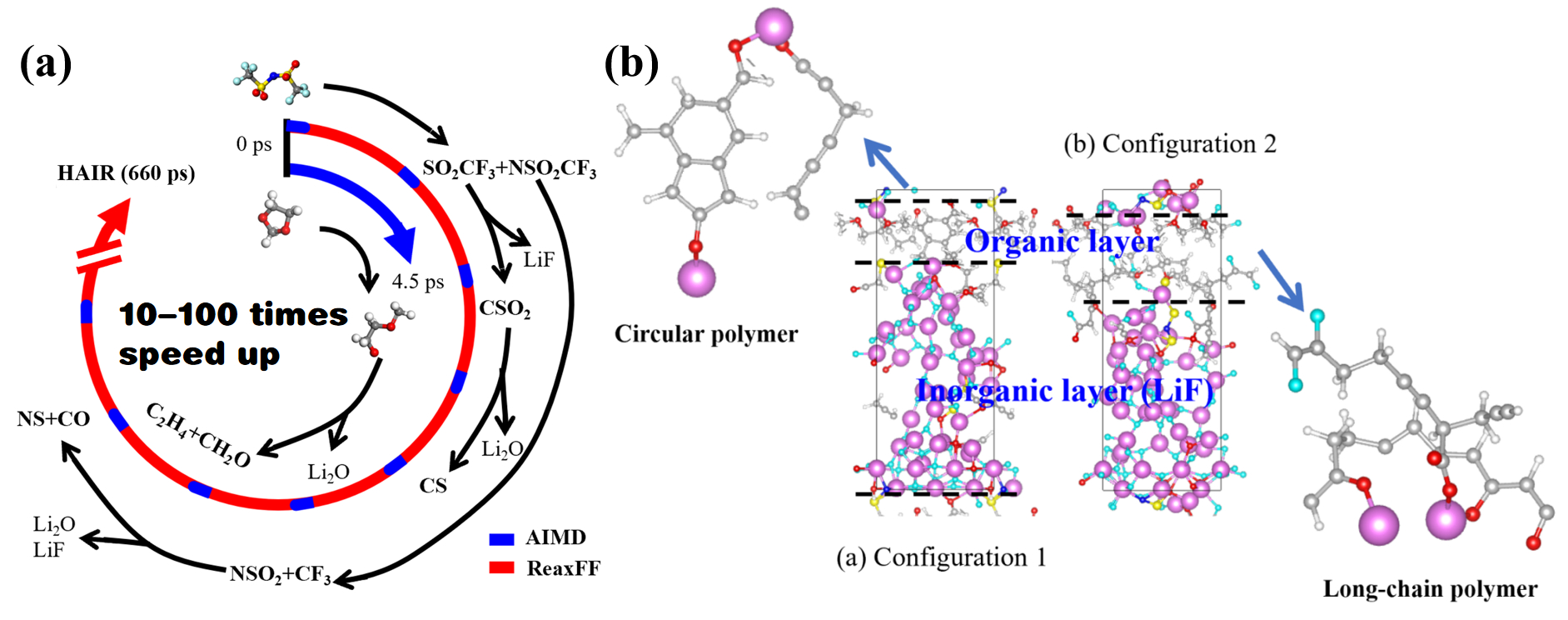Multi-scale simulation on analyzing atomic structure of solid electrolyte interphase
Related Products
Inverse organic materials design via integration of reinforcement learning with real-time quantum chemistry | Poster Board #439
Generative molecular design strategies have emerged as promising alternatives to library-based high-throughput screening approaches for multi-objective problems in large chemical spaces…
Harnessing GPU power for quantum leap in computational chemistry: Scaling electronic structure methods with Julia Language | Poster Board #443
In the ever-evolving world of computer science and programming language design, a persistent challenge is to balance computational efficiency with abstraction level…
Leveraging molecular dynamics for rational engineering of machine learning-generated De Novo P1B-type ATPases | Poster Board #441
P-type ATPases constitute a superfamily of ubiquitous primary active transmembrane transporters. These ion pumps are critical for maintaining cellular homeostasis and exhibit complex multi-domain architectures, innately rendering them a subject of significant biological interest…
Unraveling the dynamics of quantum materials through quantum-classical modeling | Poster Board #440
Quantum materials allow energy, charge, and spin flows to be steered at mesoscopic length scales by means of robust quantum effects, offering exciting technological prospects. It remains, however, unclear how their quantum behaviors emanate from electron-phonon interactions at the microscopic level…



